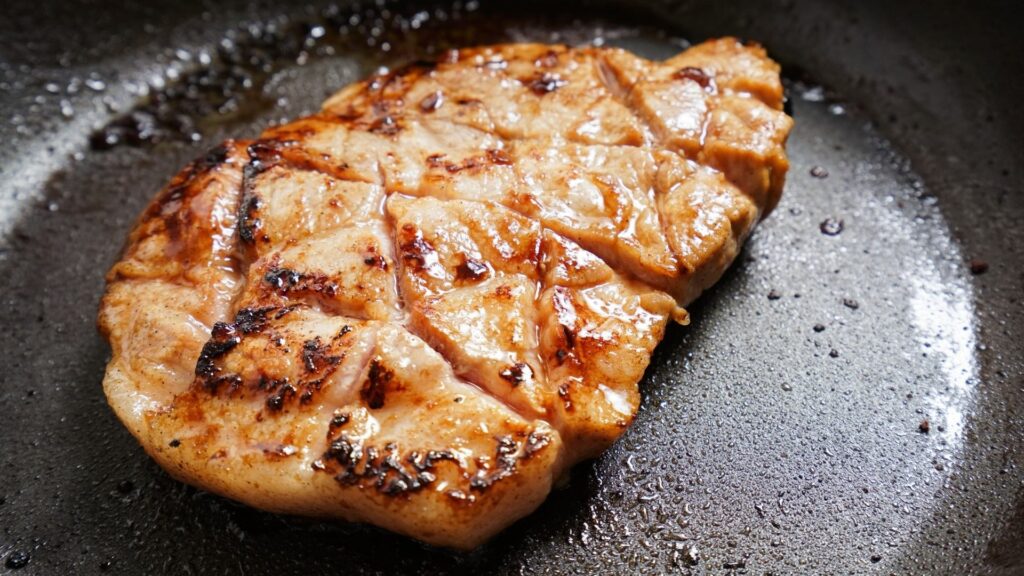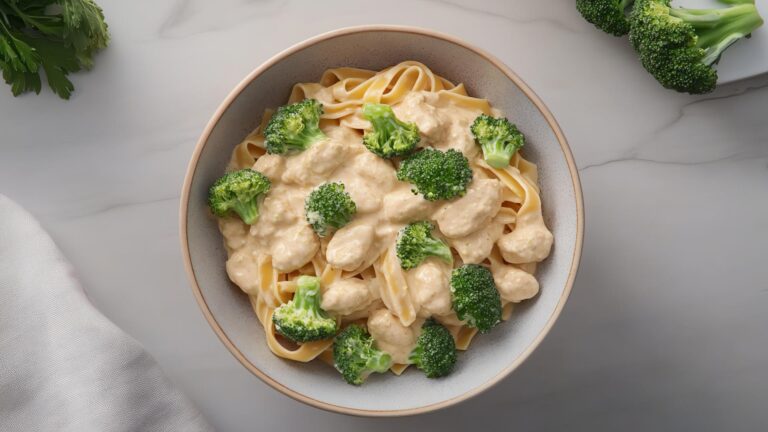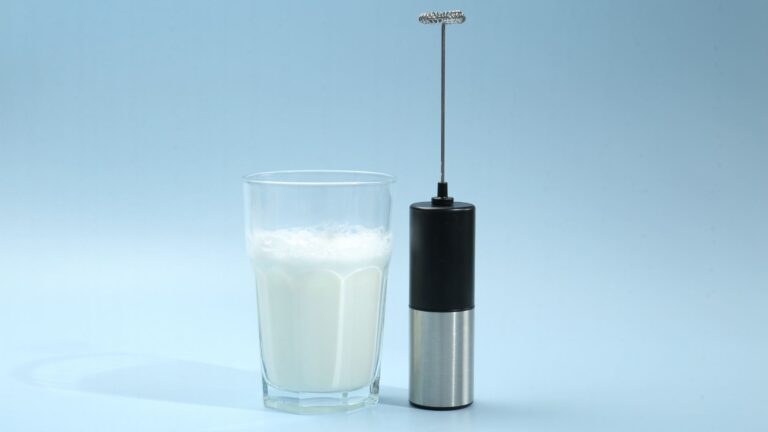Chicken breast looks simple on the surface, yet many home cooks feel frustrated when it turns dry or rubbery. You follow a recipe, you set your timer, and still the meat lacks that soft bite you hoped for. If this sounds familiar, you’re not alone. Chicken breast has very little natural fat, and without the right method, it loses moisture faster than most proteins. When you understand why it dries out and what your chicken truly needs during cooking, you gain full control. That’s when you start to cook chicken breast with confidence and enjoy juicy chicken every single time.
Why Chicken Breast Dries Out Easily
Chicken breast contains barely any fat, which means it lacks the built-in protection that darker cuts have. When heat hits a lean piece of meat, the surface cooks quickly while the inside struggles to catch up. If you don’t manage that balance, the moisture escapes long before the chicken reaches a safe temperature.
Temperature plays a bigger role than most people realize. If the heat is too high from the beginning, the outside becomes tough before the center cooks. If it stays under heat for too long, you lose the small amount of natural juice the meat has. Many people make mistakes without realizing it—such as placing cold chicken directly in a hot pan, letting it sit in the oven unattended, or relying purely on timing instead of checking doneness. Those little habits often lead to a dry, chewy result.
The Science Behind Juicy Chicken
To get juicy chicken, think about how moisture behaves inside the meat. As heat rises, the fibers inside the chicken begin to tighten. When they tighten too quickly or too much, they squeeze the juices out. That’s why the exact chicken cooking temperature matters so much.
Overcooking changes the texture in a way that cannot be fixed later. When the internal temperature goes beyond what the meat needs, it instantly becomes dry no matter how much sauce or seasoning you add. Understanding this simple idea—control the temperature and you protect the moisture—makes cooking far easier than rushing through the process.
Best Ways to Prepare a Tender Chicken Breast Before Cooking
Pound for Even Thickness
When the breast has uneven thickness, the thin end finishes earlier while the thicker side stays undercooked. By pounding it lightly until both sides match in thickness, you help the meat cook evenly. This small step alone solves half the problems people face.
Brine or Marinate Correctly
Soaking the chicken in salted water or a balanced marinade allows the fibers to relax. When the fibers relax, they hold on to moisture instead of releasing it too early. It’s an easy way to start with a naturally moist chicken breast even before it touches heat.
Resting Time Matters
Let the chicken sit for a few minutes after you marinate it. This moment helps the flavors settle deeper into the meat. It might feel like a tiny detail, but it helps the chicken start the cooking process already hydrated and seasoned.
The Best Way to Cook Chicken (Methods That Keep It Juicy)
Pan-Searing and Finishing in the Oven
Many chefs rely on a simple two-step method. First, sear the chicken on a stovetop to get color on the outside. Once it has a golden crust, transfer it into the oven to finish gently. The pan brings flavor, and the oven gives even heat that helps you cook chicken breast to a perfect internal temperature without losing moisture.
Baking Chicken Without Drying It Out
Baking can give beautiful results when done with care. Cover the chicken with foil so the heat stays gentle and the steam inside continues to soften it. Place it in the center of the oven instead of too close to the heat source. This helps the meat cook evenly and retain its moisture.
Poaching for Extra Soft Texture
If you want the softest, most tender chicken breast, poaching works beautifully. Let the breast simmer slowly in warm water or broth rather than boiling it. The gentle temperature keeps the meat tender instead of forcing the moisture out.
Exact Time and Temperature Guide
How Long to Cook Chicken Breast
Cooking time depends on the method. In the oven, chicken breast usually needs around 20–25 minutes at 400°F (204°C). On the stovetop, searing each side for a few minutes followed by a short oven finish works well. Timing varies based on thickness, so treat these as guidelines rather than strict rules.
Checking Internal Temperature
Instead of guessing, use a meat thermometer. It gives you control and removes the fear of overcooking. The recommended chicken cooking temperature is 165°F (74°C). Once it reaches this number at the thickest point, you can remove it from heat and let it rest.
Tips to Keep Every Chicken Breast Juicy
Resting the meat after cooking is just as important as the cooking process itself. When you let it sit for a few minutes, the juices settle into the fibers rather than spilling out once you cut it. Slice the chicken against the grain so the fibers shorten and the texture becomes softer.
If you want even more moisture, drizzle a bit of broth or melted butter over the top. Both options keep the chicken hydrated while adding flavor. The goal is to keep the heat moderate and controlled. Too much heat for too long will always push the moisture out.
Flavor Ideas That Keep Chicken Moist
The right flavors make the process enjoyable. A good seasoning blend not only boosts taste but protects the surface from drying. Oil-based seasonings work well because they form a light protective layer around the meat. Add ingredients like lemon, garlic, butter, or fresh herbs to keep the chicken fragrant and soft. They naturally complement the texture and help maintain moisture throughout the cooking process.
Common Mistakes to Avoid When You Cook Chicken Breast
Avoid cooking straight from the fridge because cold meat tightens as soon as it hits heat. Give it 15–20 minutes to reach room temperature. Don’t start with high heat unless you want a quick sear; otherwise, it toughens the outside surprisingly fast. The most common mistake is skipping the thermometer and depending only on guessing. Another one is cutting into the chicken too soon, which releases the juices before they have a chance to settle.
Final Thoughts on Making Juicy Chicken Every Time
Once you understand how the chicken reacts to heat, everything about this process becomes simpler. The right preparation, a balanced temperature, and a few small techniques protect the moisture inside the meat. When you use these steps consistently, you create juicy chicken every time you step into the kitchen.
Cooking should feel enjoyable, not stressful. Try a few of these methods, see which one fits your style best, and remember that technique matters more than any recipe. With a little attention to detail, you’ll never worry about dry chicken breast again—and instead enjoy meals that stay tender, flavorful, and satisfying.





